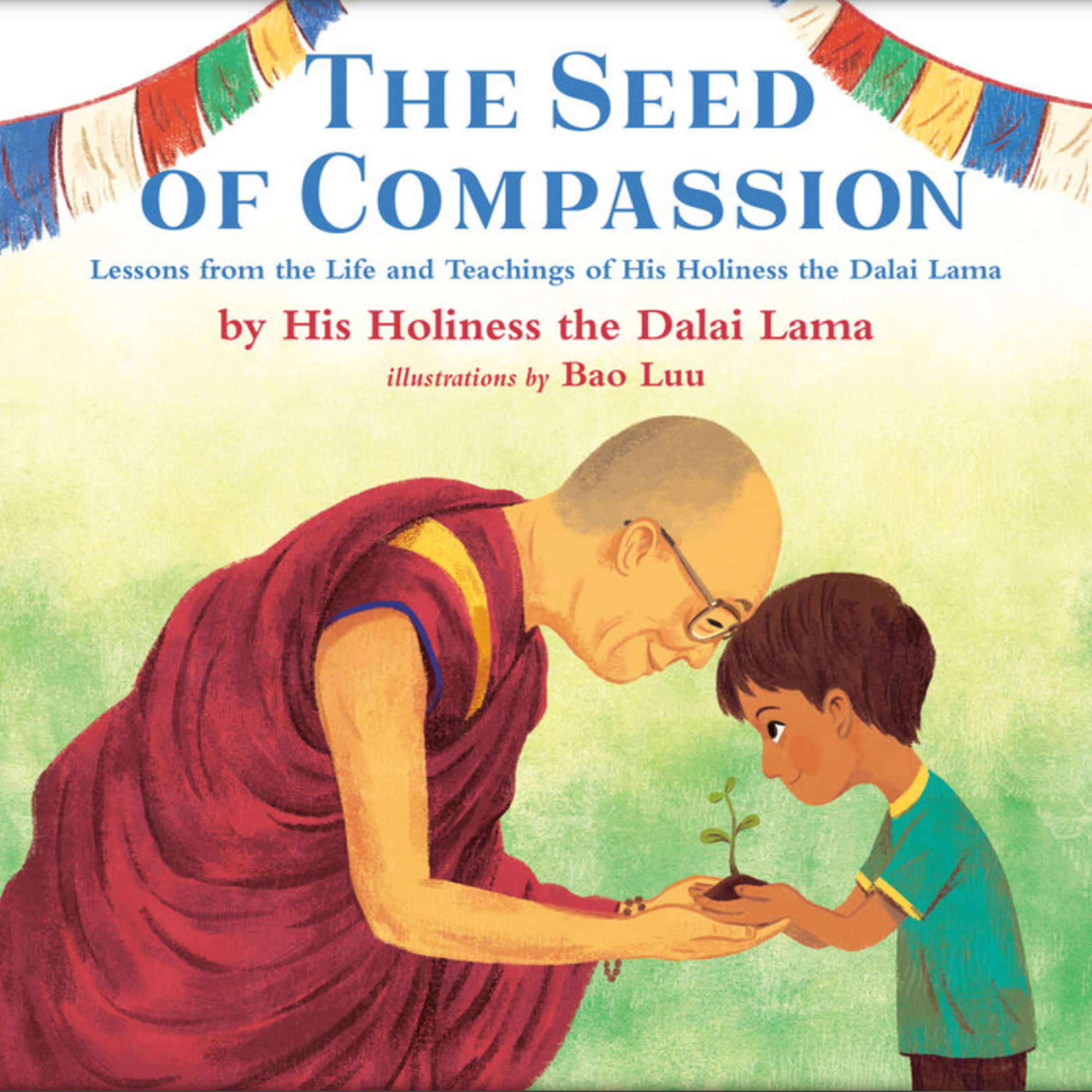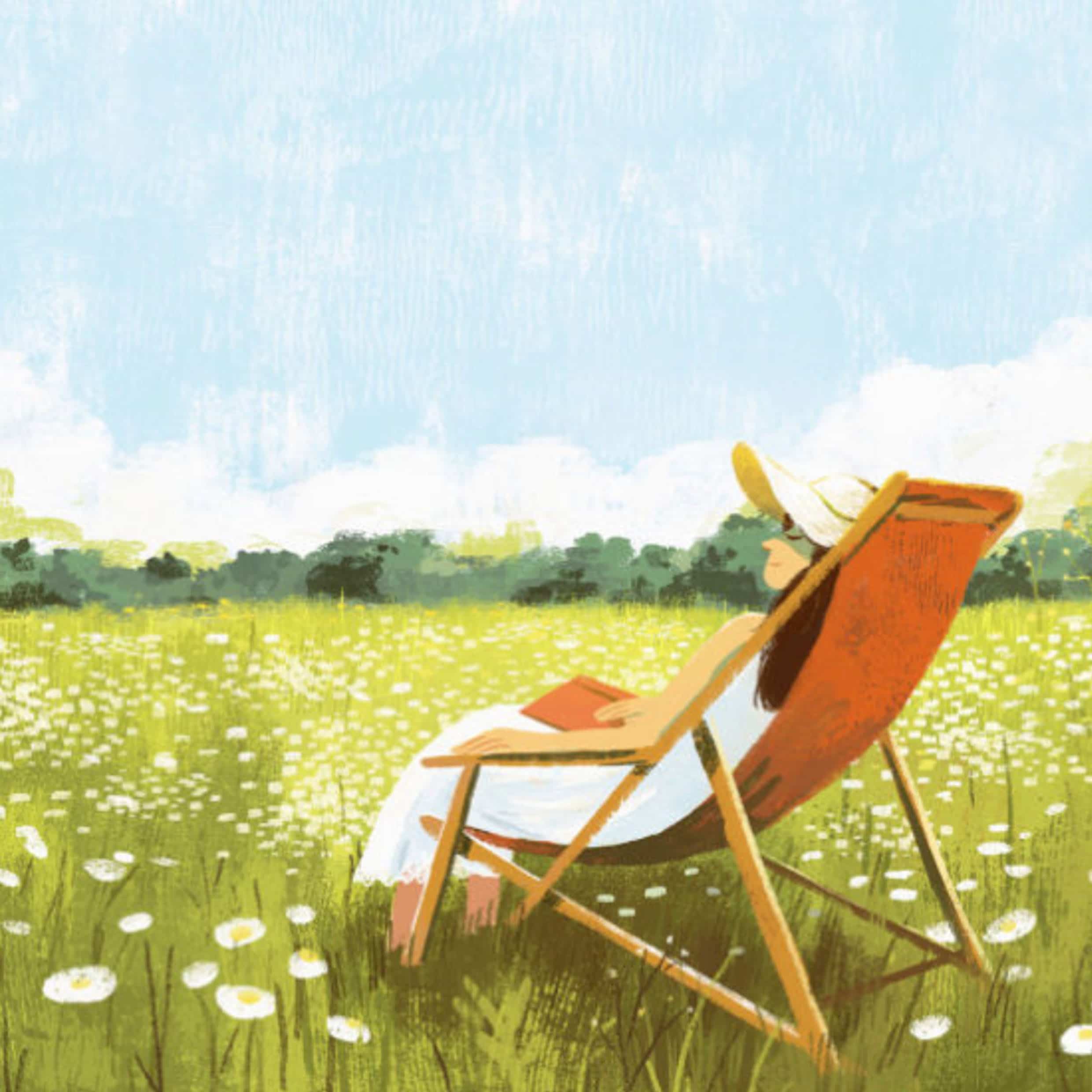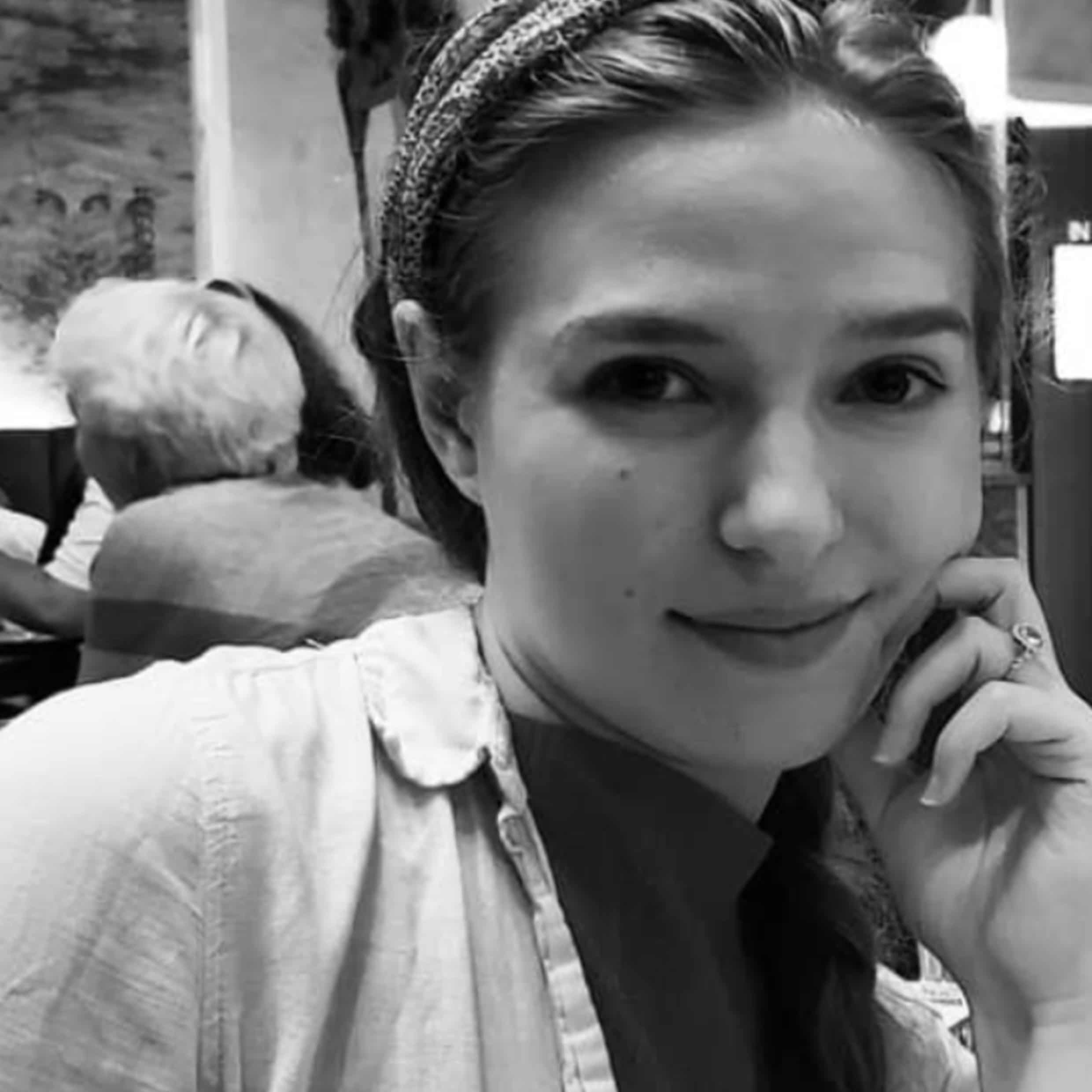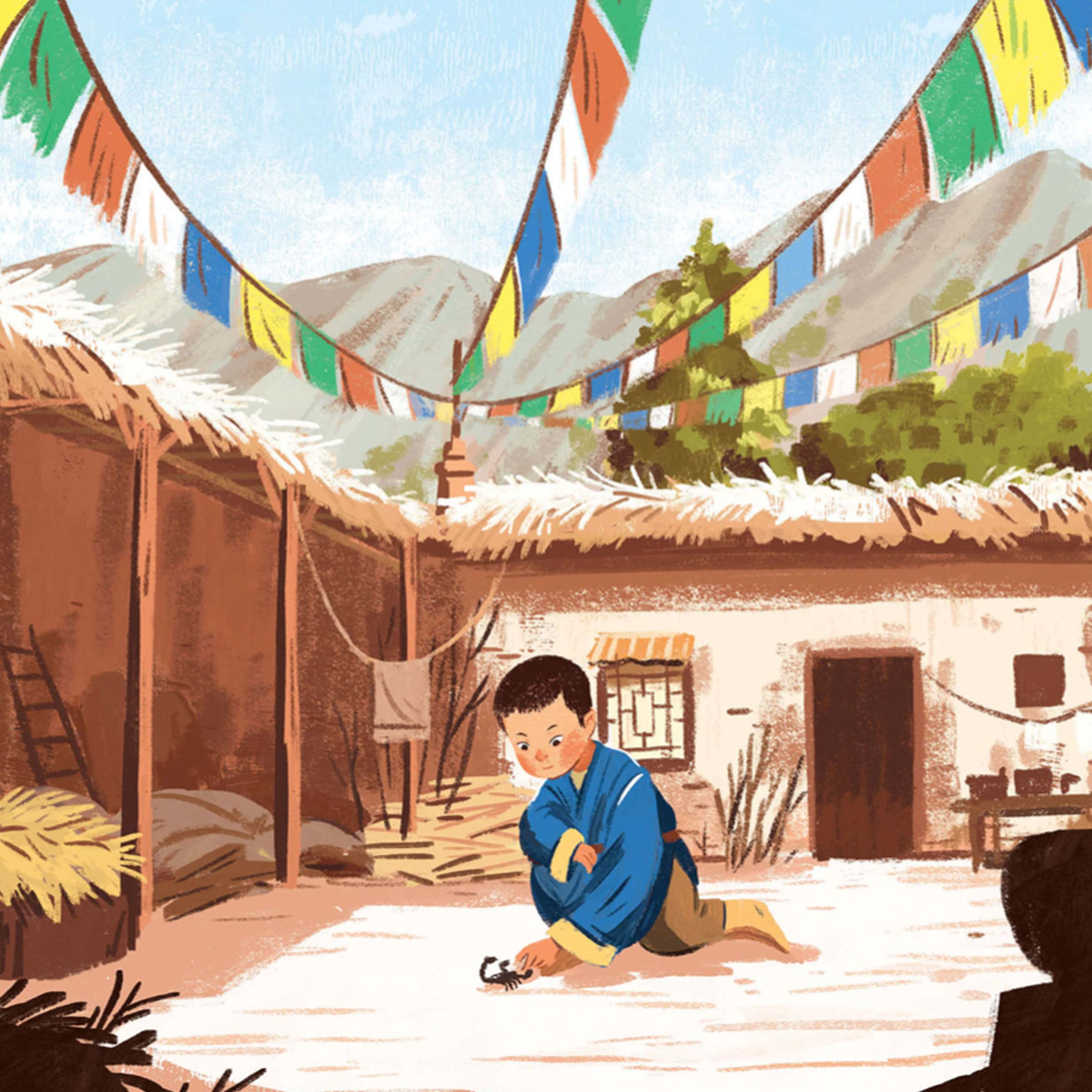
Astound Agency brings us an insight to Artist Bao Luu and Agent Aurora Meyer as Their Project with the Dalai Lama and Kokila is Announced!
With Bao Luu set to work on perhaps one of the most anticipated books of the year, The Dalai Lama’s The Seed of Compassion, we wanted to get an insight into how the project came about with Kokila, PRH. So we interviewed both Bao (BL) and his agent Aurora (AM) to see how this exciting project developed and came to be.
Aurora, when were you approached about a potential book from the DalaiLama?
AM: The art director emailed me on November 6, 2018. She mostly asked questions about his art style for a “possible Kokila picture book project in the works”– at the time not mentioning the subject of this particular book.
Did Kokila know of Bao’s work previously or did you introduce them to his work?
AM: Our agency met with the Kokila team in March that year, where we showed Bao’s portfolio. It was one of the stand out portfolios for the art director there, who asked our agency for a follow up on Bao.
And what were your feelings on finding our you’d secured the job Bao?
BL: I felt nervous and also really excited to be working with a great publisher like Penguin Random House.
Did you have to sample for the job – what was it that you needed to sample and how long did the process take?
BL: Yes, I did. Before taking on the illustrations for this project, the publisher needed a sample for a scene with the child Dalai Lama in front of his house and his hometown. I also did a couple of designs with different angles for the Dalai Lama as a young boy and at his current age.
AM: He also produced some pieces prior, “Relaxing” and “Morning Tea” were created as an experiment to feel out the kind of style the art director was looking for. The sampling process took about two weeks from sketches through revisions to the final art. There were many revisions requested, not just for the art direction but to make sure that the art accurately reflected references.
Was there much discussion about the style they were looking for?
AM: Yes! When the art director originally emailed me, she mentioned she liked some pieces of his for the colors and compositions, while liking other illustrations for the way he handled the human face. These were rarely the same artworks, so she was looking for pieces where he was able to use all these elements together as a “hybrid.
What was your first instinct when thinking how you would illustrate these tales? Was there anything in particular you wanted to bring to these illustrations.
BL: When I received this project, I felt a little worried and challenged to illustrate a story of a historical figure. I did a lot of research about the history of the Dalai Lama, gathering reference photos of him as a child and at his current age. I also watched the movie Kundunto get more references. The movie helped a lot with the background and people’s outfits. I educated myself about history, religion, traditional dress and Tibetan culture. I want my illustrations to tell a story and to show the connections between people on the page using a combination of the colors, lighting and texture for the illustrations of this book.
You’ve obviously worked on portraits with us before Bao – but was this particularly famous face anymore challenging?
BL: This one felt particularly daunting because he is so famous. I had to pay close attention to the facial features in order to create a portrait that has both the likeness of the Dalai Lama but also remained true to my art style.
Aurora, do you know if the Dalai Lama had a say in the choice of artist?
AM: Most of the communication came through His Holiness’ foundation, The Dalai Lama Foundation. Namrata Tripathi, the publisher of this book, reported that the staff approved the sample on December 5. It was fantastic news to kick off the holiday season.
How does it feel to have your name next to the Dalai Lama’s!
BL: I’m really excited – It is a big honour for me, as he is such an important figure.
Do you think these stories are still relevant to a modern audience? What do you hope children take away from them?
BL: Yes – I think these topics are still relevant, even on a daily basis. Every child should always be taught about compassion, kindness and empathy and I hope they take these lessons away from the Dalai Lama’s stories. But also his teachings are not just for children, I think they are for everyone. The story guides people to empathy and kindness. I think this is also a way for adults to teach and communicate with their children.
AM: Yeah I agree, even though the market for this kind of book is said to be children ages 3-7, I think this book can reach readers of many different ages. Using illustrated picture book as the medium for the Dalai Lama’s message is a beautiful way to appeal directly to children, as well as the communities these children reside in.
And Bao, do you feel a personal connection with the stories from the Dalai Lama?
BL: Yes I do. I have a connection with the message in the book and I especially feel connected to one of the scenes when the young Dalai Lama is sitting on his mother’s shoulder. I really like that scene. It talks about the Dalai Lama’s childhood personality, but also shows the his mother’s love for him, which is really emotional.
Do you think any of his teachings could help you as an illustrator?
BL: Yes! Working with different clients and the pressures of having multiple deadlines can sometimes incur stress and negative feelings. Remembering his teachings definitely helps to avoid these things.
Aurora, have you been seeing any trends in relation to this project?
AM: I think this book is pretty distinct. It fits in well with the genre of illustrated biographies and autobiographies that are popular in children’s literature right now, but few of these books are picture books with full color spreads. The autobiography genre is usually so text driven which can limit the audience to a certain age range based on their reading level. Picture books, in contrast, have the perfect design for being read aloud together. Books this size are read communally, read out loud in classrooms and libraries and family homes.
Could you tell us a bit more about what Kokila do and what artists catch their eye?
AM: Kokila has a focus on children’s books featuring voices from the margins of our global society. The books in their list are meant to introduce children to a variety of cultural perspectives. The Kokila team looks for creators from around the world, especially creators who understand the perspective of marginalized groups. The team looks for unique styles and portfolios rooted in the artist’s life experiences. Many of their books feature characters from a variety of backgrounds, so beautifully drawn and diverse human figures are especially relevant. The Kokila team is often interested in pushing an illustrator in a new direction– so they are also intrigued by portfolios that don’t suit the usual mould of a children’s book portfolio. It’s important for the artist to be willing to go out of their comfort zone.
And finally! The Dalai Lama eats breakfast at 5.30am. When do you eat Breakfast?
AM: At 8:15 a.m., while I wait on the subway platform for the train that takes me to the office.
BL: I have breakfast at 9:00 am.








